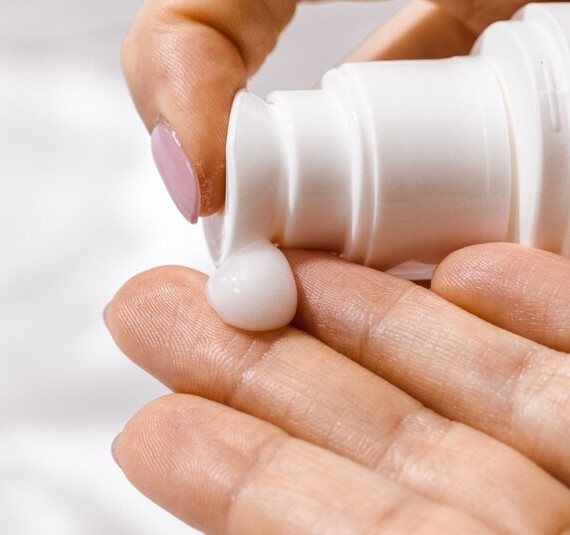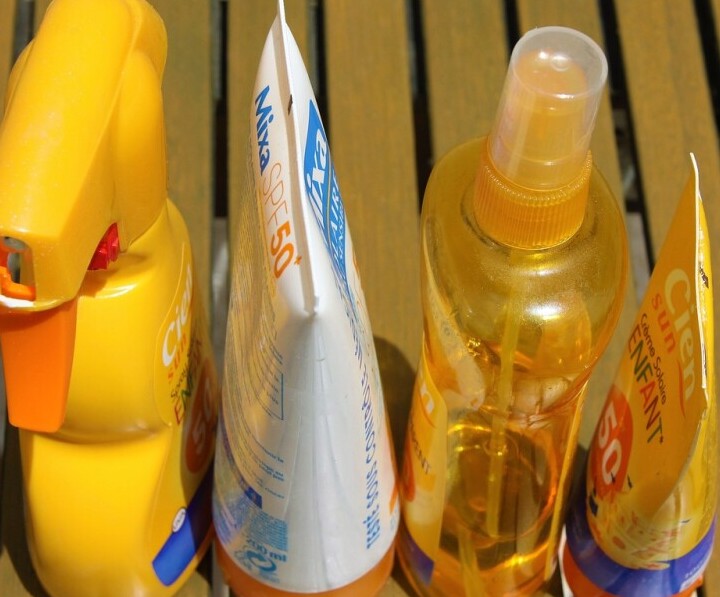
Sunscreen is one of those everyday essentials most folks don’t think much about until they’re heading out for some sun. But trust me, understanding its types is like hitting the jackpot for your skin’s health. If you are confused about which ones to use in this post sunscreen types are explained.
First off, sunscreen is your skin’s personal bodyguard against those sneaky UVA and UVB rays. They might sound like a minor nuisance, but over time, they’re responsible for sunburn, aging, and even skin cancer. Personally, I use sunscreen daily. It has really helped my skin look younger.
Now, when it comes to different types, you’ve got chemical and mineral sunscreens on the market. Chemical sunscreens are pretty popular, absorbing those pesky UV rays before they can harm your skin. Imagine these as tiny shields warding off damage. They’re often lightweight and easy to apply, which is why many sun lovers prefer them.
On the flip side, mineral sunscreens sport ingredients like zinc oxide or titanium dioxide and act more like that cool friend who always has your back. They sit on your skin’s surface, bouncing UV rays away. They’re a top pick for sensitive skin because they’re less likely to cause irritation. It’s like choosing between two great party hosts; both offer rad advantages depending on what vibe you’re going for.
Exploring Various Forms of Sunscreen
When you head to the store, choosing a sunscreen can feel like picking an ice cream flavor. There are lotions, sprays, gels, and sticks out there, and each has its perks. Sunscreen lotion is the classic pick, and it’s perfect when you want to make sure you’ve got every inch of skin covered. Ideal for when you have the time to spread it on and make sure it sinks in nicely.
Sprays, on the other hand, are all about convenience. If you’re in a rush or have a wiggly kid who won’t stay still, a quick spritz can be a lifesaver. But be cautious! You’ve got to be thorough to ensure every part gets covered, or you’re risking patchy protection.
Gels are your go-to if you’re looking to avoid that greasy feeling some lotions leave behind. They work wonders for areas like the scalp—think of those long beach days when you’ve got your hair up. And when it comes to the handy stick form, these are perfect for small areas like your face or for topping up your protection when you’re out and about.
Here’s a little tip for those with sensitive skin or specific skin conditions: you might want to lean towards formulations labeled as ‘sensitive’ or ‘non-comedogenic.’ Trust me, your skin will thank you! Different days and different needs mean you might find yourself mixing up types for different activities, too.
SPF: Decoding Numbers to Maximize Protection

SPF, or Sun Protection Factor, is more than just a number on a bottle. It’s your guiding star for how long you can safely bask in the sun. Here’s the scoop: SPF 30 filters out about 97% of UVB rays, while SPF 50 amps it up slightly to around 98%. It might not seem like a huge difference, but for those who are extra sensitive to the sun or are planning intense sun exposure, that extra edge can matter.
Here’s the catch. No sunscreen blocks 100% of rays, and the higher SPF numbers often lead folks to get a bit laid-back about reapplying. Big mistake! More often than not, it’s about how well and how often you slather it on, not just the number. If you’re swimming or sweaty, don’t forget to reapply every two hours or immediately after drying off.
Ever thought SPF was a one-size-fits-all thing for daily adventures? Think again. Your choice should sway with your activities. For a typical day at the office with some brief outdoor stints, SPF 30 could suffice. But if you’re planning to show off your dance moves on the beach all day? Reach for higher SPF, if you want to play it safe.
Don’t be fooled by cloudy days either; UV rays can still catch you then. Consider it this way: picking the right SPF is like planning for the weather without checking the forecast. Better safe than sorry, right?
Personally, I wear sunscreen daily. I am diligent about wearing it since, I use a Tretinoin blend cream. If I do not wear sunscreen my skin becomes red and irritated. Here is a list of some of my favorites: (paid links)
- Naked Sundays SPF+50 https://amzn.to/3JiNSJL
- La Roche-Posay Double Repair SPF30 https://amzn.to/4mz1S0k
- Naturium Dew-Glow Moisturizer SPF 50 https://amzn.to/3V4t9vL
- e.l.f. SKIN Suntouchable Whoa Glow SPF 30 https://amzn.to/41436Zd
Chemical vs. Mineral Sunscreens: What’s Best for You?
Not all sunscreens are created equal, and there’s a bit of a showdown between chemical and mineral types. Chemical sunscreens use active ingredients like avobenzone and octisalate to soak up UV radiation. They’re usually lightweight and easy to rub in, making them a fan favorite for everyday wear.
Mineral sunscreens, on the other hand, work like a mirror, scattering UV rays with minerals like zinc oxide or titanium dioxide. They’re often recommended for sensitive skin since they’re less likely to cause irritation. Plus, they’re a hit for their eco-friendliness, being less harmful to marine life.
When choosing between the two, consider your skin type. Oily or acne-prone skin might dance better with a mineral formula since it often leaves a matte finish. Meanwhile, for those who wouldn’t mind a chemical sunscreen that blends smoothly with skin, especially darker tones, that might be a better bet.
Ingredients matter, so keep an eye out. You want to avoid oxybenzone and octinoxate in chemical sunscreens if you’re concerned about coral reefs. For mineral options, check that the zinc oxide concentration is in a percentage that offers adequate protection, usually above 10%.
The choice might boil down to how your skin responds and where you’re headed for sunshine. Next time you’re packing for some sun time, consider whether you prefer the quiet protection of mineral or the smooth protection of chemical sunscreen. Either way, having your back covered in sun protection is what’s key.
